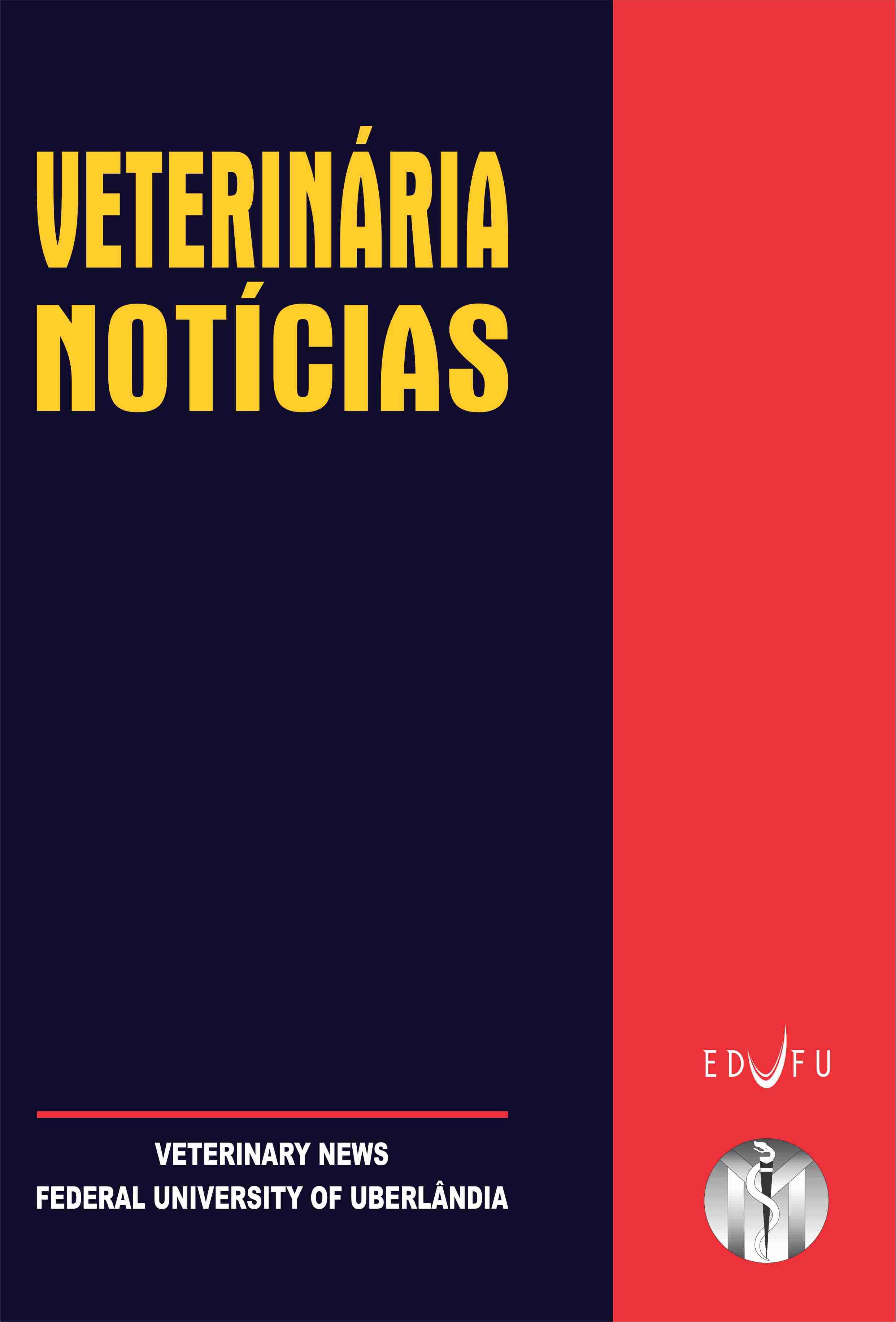DIFFERENT FAT SOURCES ON FEED INTAKE, PRODUCTION PERFORMANCE AND FEED BEHAVIOR OF PREGNANT SHEEP
DOI:
https://doi.org/10.14393/VTN-v27n1-2021-48345Abstract
Fat sources are an important component on animal feed. However, ruminants did not evolve to efficiently degrade lipids. Thus, it is necessary to study how its supplementation can affect animal performance. The objective of this study was to evaluate the use of different lipids sources over consumption, metabolites and performance of pregnant sheep. The experiment was carried out at the Capim Branco Experimental Farm, in the goat and sheep sector of the Federal University of Uberlândia, from August to November 2015. Twenty-four pregnant sheep were used, with a mean body weight of 50 kg and an approximate age of 12 months. The animals were divided into three treatments (Control, Nutrigordura® and Cotton Seed). The corn silage was used as the bulk. The bulk:concentrate ratio was 60:40 (on dry matter). Measurements of body weight, body condition score and biometric measurements were taken every 21 days. An ingestive behavior evaluation was performed throughout the experiment. The consumption measurement was made in a descriptive way. Shortly after birth, the sheep and their offspring were weighed, the barrel circumference was taken and it was collected samples from the mother's blood. The experimental design was completely randomized with repeated measurements in time. It was verified a greater time spent with feeding and chewing in the treatment with cotton seed and consequently less time in idle in this treatment. There was no statistical difference in weight, barrel circumference (BC) and body condition score (BCS) of the sheep in the different treatments. There was a linear growth in BC measurements and sheep weight over the evaluated periods. There were differences between the treatments for the offspring's average weight. The use of fat with different degradation profiles in relation to the soluble carbohydrate improves the productive and nutritional performance of pregnant sheep.

